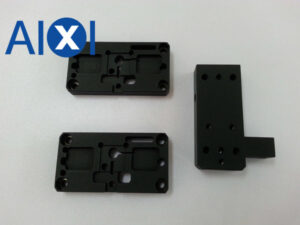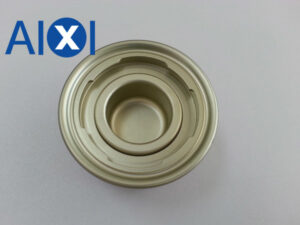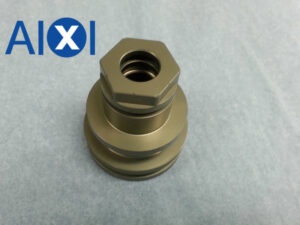Metals may seem hard, but given enough time, even pure air can dissipate them. Oxygen reacts with aluminum alloys to form rusted metal oxides, but now it turns out that metal oxides may save aluminum alloy life. Research has found that aluminum can be protected from further oxidation by a thin film of aluminum oxide, which acts like a liquid and will fill any gaps that form as it flows.
If metal oxides such as rust or rust are allowed to build up, they can eat away at the metal and eventually cause it to crack. However, not all metal oxides are so destructive. Three special oxides: aluminum oxide, chromium oxide, and silicon dioxide, actually act to protect the metal from further corrosion.
Under particularly stressful conditions, such as inside a reactor, corrosion can occur quickly. The researchers tested how well coatings of these special oxides protected the underlying metal when exposed to oxygen and placed under mechanical stress.


Comparison over time, as the alumina layer deforms and stretches to protect the aluminum from oxygen
Aluminum oxide films perform well, and although aluminum oxide is a solid, it behaves like a liquid when applied in very thin layers of about two to three nanometers. As the aluminum stretches, the oxide layer stretches and keeps the metal covered, preventing oxygen from entering.
The researchers were able to demonstrate this phenomenon at room temperature by stretching aluminum twice its original length without breaking. Alumina is generally brittle, but thin layers have been found to deform almost as well as regular aluminum.
This self-healing coating can be used in high stress situations such as fuel cells or nuclear power plant reactors. Because it’s so small, the researchers say it may be particularly suitable for containing tiny molecules, such as hydrogen, which can pass through most other materials.

 English
English Deutsch
Deutsch Français
Français 日本語
日本語
